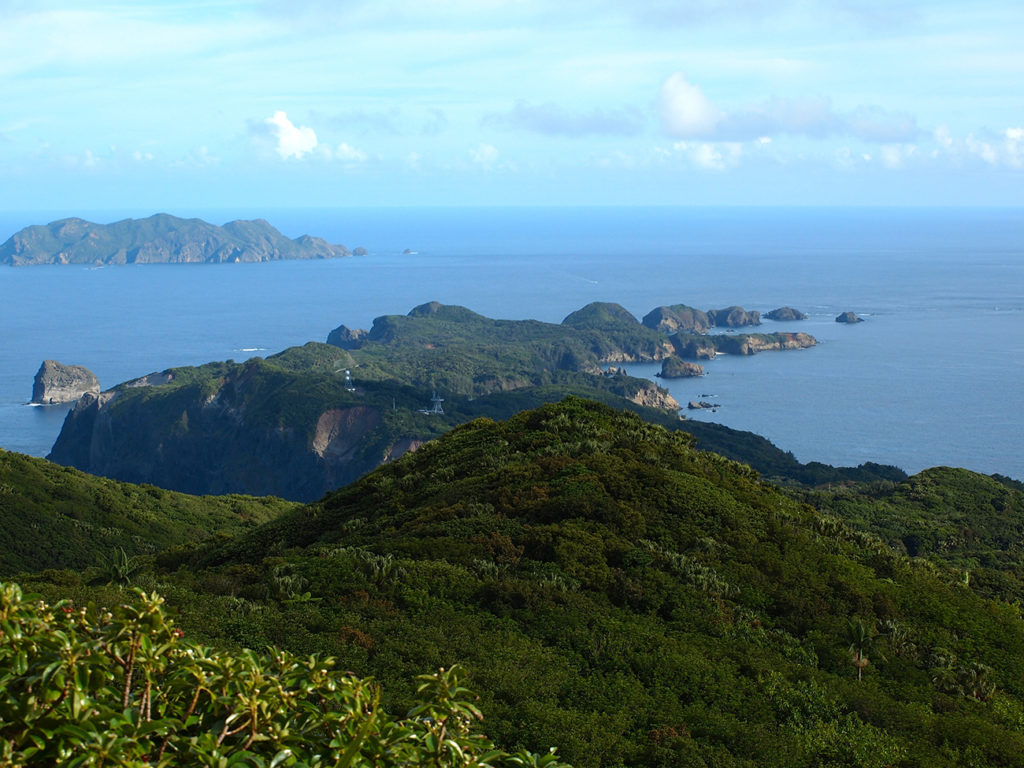
The Beautiful Haha-jima
Haha-jima, or “Mother Island,” is located in Ogasawara Village, Tokyo. It’s about two hours from Futami Port in Chichijima Island via a liner. Haha-jima is a long, thin island that runs north to south, and is the largest island of Ogasawara. Its main port is Oki Village on the southern portion of the island. Haha-jima, a UNESCO World Heritage Site, is a haven of natural beauty.
Ogasawara Island
Haha- jima (母島) was the first European discovery of the Bonin Islands in 1543 by the Spanish explorer Bernardo de la Torre. Haha-jima was initially called Hillsborough Island or Coffin Island and was initially inhabited by Europeans before it officially became part of Japan. In the early 1900s, Haha-jima had almost 2,000 residents and a road that connected the village of Kita-mura from the northern end of the island to Oki-mura in the south. Since then, Kita-mura has been abandoned, and Haha-jima has less than 500 inhabitants, mostly fishermen and workers of a state-run rum distillery.
 There is no public transportation in Haha-jima. Visitors and residents with cars walk, use a bicycle or motorcycle, or rent a car. Haha-jima’s highest points are Mt. Chibusa (462 m high) and Mt. Skaigatake (443 m).
There is no public transportation in Haha-jima. Visitors and residents with cars walk, use a bicycle or motorcycle, or rent a car. Haha-jima’s highest points are Mt. Chibusa (462 m high) and Mt. Skaigatake (443 m).
Other islands of the Haha-jima Rettō group of islands are Chichi-jima (Father Island), and elder and sister islands Ane-jima, Imōto-jima, and Mukō-jima. Haha-jima is known for its endemic land snail fauna, and the Bonin White-eye (Apalopteron familiare) is found only on this island. The Columba janthina nitens, the Ogasawara subspecies of the Japanese Wood-pigeon, a bird known to be extinct since the 1980s, is said to have come from Haha-jima. The pristine beaches and natural vegetation is unique to the area and is a wonderful place to visit to enjoy the wonders of Japan.
